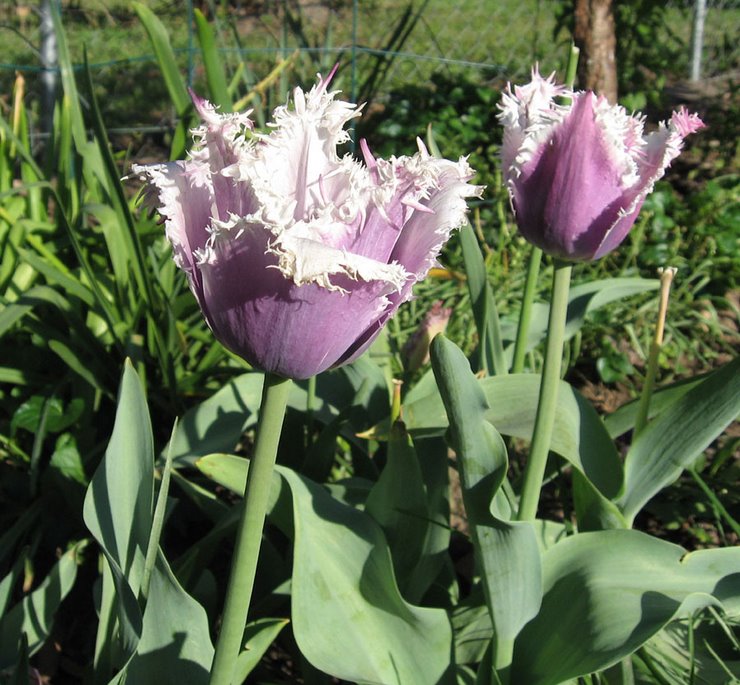There are many different varieties, in
various parts of the world. Fireflies hibernate over winter in larval
form, then in spring pupate and emerge as adults. The larvae of most
species are predators, and feed on other larvae, snails and slugs.
Adult diets vary, depending on species. Some are predatory, and
others feed on plant pollen and nectar.
Firefly populations are dwindling
around the world. It is not known exactly why, although it is
generally believed because of development, pesticide overuse and light pollution. Most
species of fireflies thrive as larvae in rotting wood and forest
litter near ponds and streams. Many of their habitats are being
developed and paved over, and use of pesticides is removing their
food sources.
Another theory is that light from
homes, cars, stores and streetlights may make it difficult for
fireflies to signal each other during mating, so there are fewer
fireflies born the next season.
We don't know yet what individuals can
do to help reverse this unfortunate decline, but here are some
suggestions that have been made. Some people turn off exterior and
garden lights during firefly season, to make it easier for the
fireflies to find each other, and keep their blinds pulled at night
so interior lights don't brighten their yards.
Another suggestion is
to plant some trees, and allow some natural litter to accumulate in
part of your property for larvae to have a place to grow. I have read multiple reference to some species of adults eating pollen and nectar, but never found which plants they prefer defined.
Creating a
water feature such as a pond in your yard is another way to see
fireflies at night. Chemically treated swimming pools won't
substitute, as fireflies are believed to eat the smaller insects,
grubs and snails that thrive in and around natural, nonchlorinated
water. It is also important to avoid use of pesticides and weed
sprays, which may harm fireflies directly or by killing of their food
sources.
Fireflies stay on the ground during the
day, and prefer areas of taller grass or plants in which to hide.
Frequent mowing may disturb them. Some people suggest that leaving
areas of the yard with taller, perhaps decorative grasses or ground
cover plants might offer fireflies a place of refuge.
It would be sad to think that fireflies might become extinct. They add so much sparkle and magic to summer nights.
Update (6/15): In reply to question on when the mating season is: when your entire adult life is only a few weeks long, and the main goal of that adult life is to mate, it sounds like mating season is whenever you can find other adults of your species. For some species, it's only about 2-3 weeks long, and it seems to vary from year to year, depending on weather. Most sources just say "summer."
Good luck on finding them for your guest. On a warm, dry evening, look for places with standing water, tall grass, and low-hanging branches. I've only seen the one so far, but hope there are many to follow.
Update (6/16): I sat out on my front porch for a while this evening, watching the fireflies dancing through the darkness of my garden. Seems like there are more of them in my yard now that I've put in the pond and the areas of ground cover than there were a few years ago.
Update (6/15): In reply to question on when the mating season is: when your entire adult life is only a few weeks long, and the main goal of that adult life is to mate, it sounds like mating season is whenever you can find other adults of your species. For some species, it's only about 2-3 weeks long, and it seems to vary from year to year, depending on weather. Most sources just say "summer."
Good luck on finding them for your guest. On a warm, dry evening, look for places with standing water, tall grass, and low-hanging branches. I've only seen the one so far, but hope there are many to follow.
Update (6/16): I sat out on my front porch for a while this evening, watching the fireflies dancing through the darkness of my garden. Seems like there are more of them in my yard now that I've put in the pond and the areas of ground cover than there were a few years ago.

2 comments:
My wife and I were talking about "lightnin' buugzz" last night. We have not seen one yet this year. We have a guest from Washington state visiting our NE Kansas home next week that hopes to see fireflies for their first time. We plan a trip to our County's State Fishing Lake for a little bug gazeing. That might be our guest's intoduction to "chiggers" as well. Is the timing of the firefly mating season related to temperature or to the position of the moon, sun and planets?
It's been a summer with few fireflies in our NE Ks location as well. We have seen a little more of them over the past 3 weeks or so. Catching "lightning bugs" is a fond memory for me as well.
Post a Comment